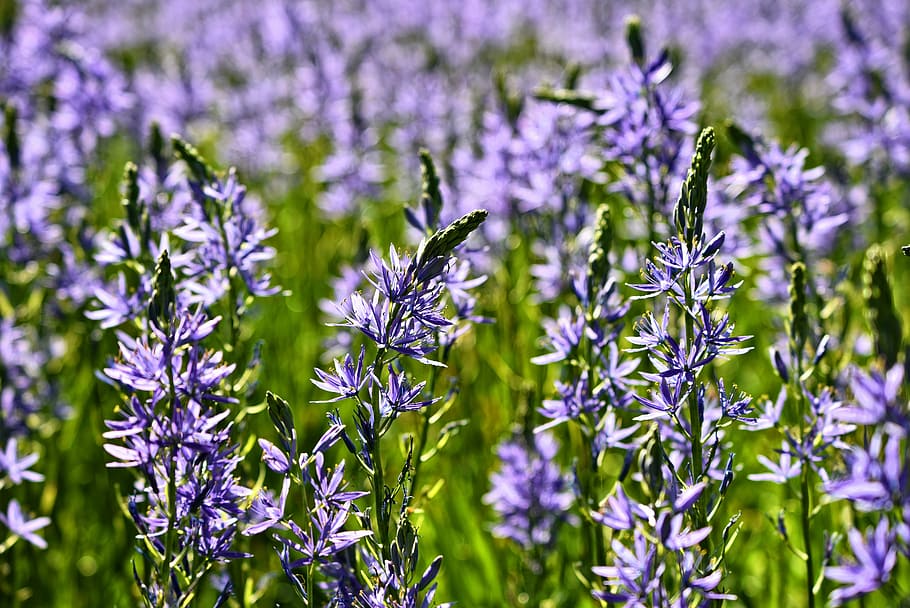Table of Contents
Hello there, plant lovers! Are you excited to start planting your Camassias? They are beautiful bulbous plants belonging to the family of asparagus. Their origin is from North America but has been a plant of choice for many gardeners around the globe.
Now you may ask, what makes this plant so special? Well, Camacssia plants are renowned for their stunning spires of blue/white flowers that usually blossom in late spring to early summer, making them a beautiful addition to your garden.
You may be surprised to know that they are super easy to grow and take care of, and they can survive in a variety of soils; overall, they are not that demanding.
Here we are going to share some tips and tricks that you can use to plant and grow camassia plants. So, grab your gloves and let’s get started!
Planting Camassias: Grow these Stunning Perennials in Your Garden
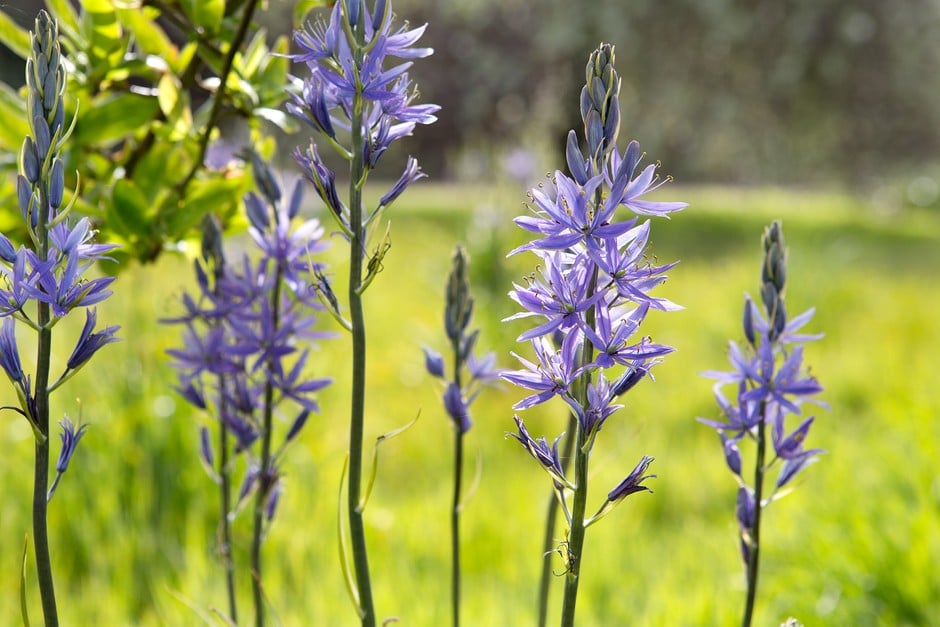
The best time to plant Camassia bulbs is in the fall, around September to October. This gives them enough time to establish their roots before the cold winter months set in. Camassias prefer areas with full sun to partial shade and well-draining soil. Make sure to prepare the soil well before planting your Camassia bulbs. The soil should be rich in organic matter, so you can also consider adding some compost or well-rotted manure to the soil.
While planting, you will also have to ensure the distance and depth of planting to make sure the plants bloom perfectly. Camassia should be planted 5-7 inches deep and 6-8 feet apart from each other for best results. Don’t worry about planting them too deep, as they are strong enough to handle a little bit of extra soil on top. Your camassia plants will bloom and beautify your garden if you remember to offer them additional attention and care while they are growing.
Proper Watering Techniques
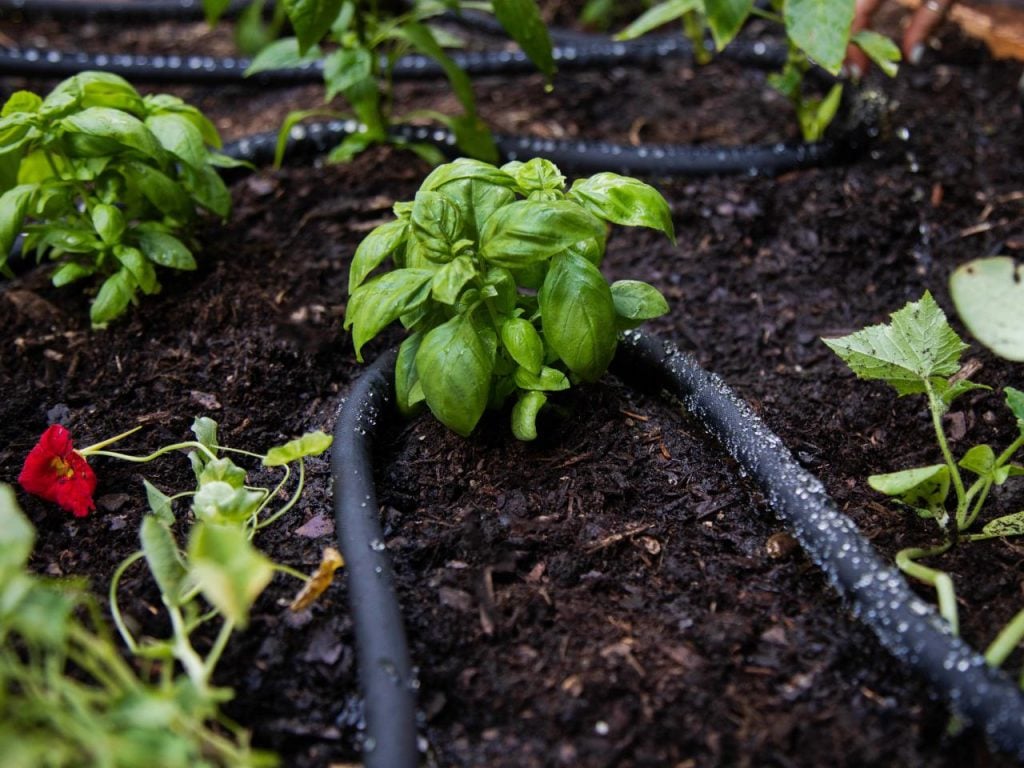
This is a crucial step to growing your camassia plant. It is important that you water the plants at least once a week. You also need to change the frequency depending on the weather conditions in your region. Don’t skip this step, as you might lose all your hard work done till now.
Healthy watering is the key to survival, so you will have to water them sufficiently. It is preferred that you water them deeply once a week instead of just moistening them regularly. Keep in mind overwatering may result in damp soil that will damage the bulbs. The soil should have enough drainage, and try not to water too much. If in case you are in a region of frequent rains, regularly monitor the soil and manage the water accordingly.
Fertilizing and Nourishing Your Plants
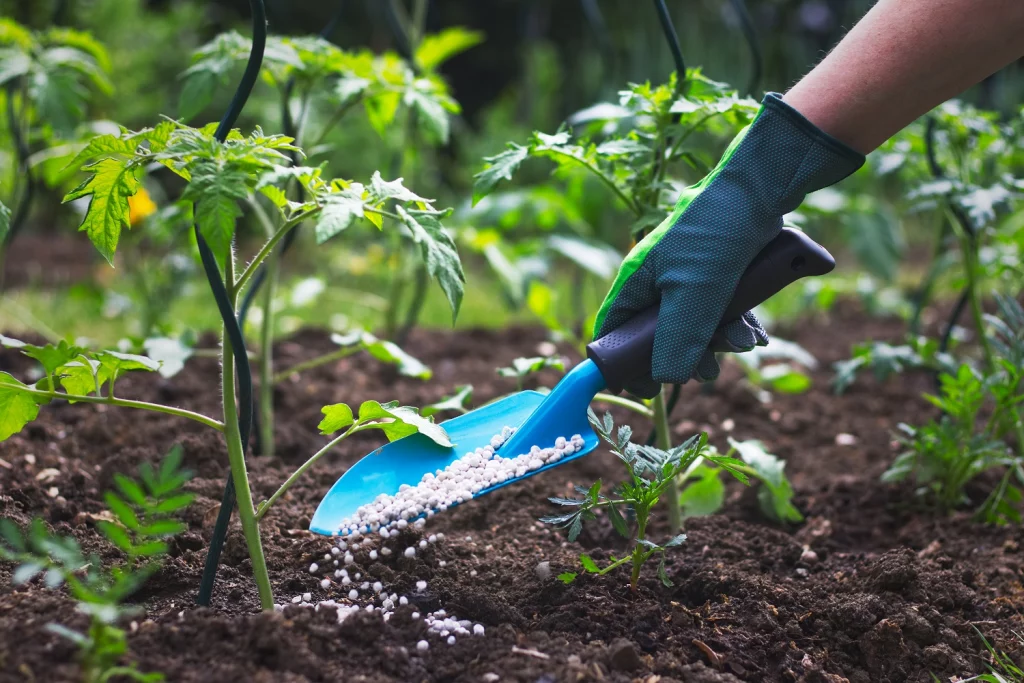
When it comes to fertilizing Camassias, a slow-release, balanced fertilizer is your best bet. The perfect time to use fertilizer is in the spring season when your plants just start emerging from the soil. Be very careful not to overdo the fertilizer and use only the amount mentioned in the package. Excessive use can lead to ruining the plant or its growth.
However, also keep in mind that these plants in themselves are strong and don’t require too much fertilization to survive. For people who only prefer organic options as fertilizers, they can opt for compost or well-rotted manure. These methods are very healthy for plant growth as they slowly release nutrients and keep improving the health of the soil over time.
Keep Your Camassias Healthy and Happy with Mulch
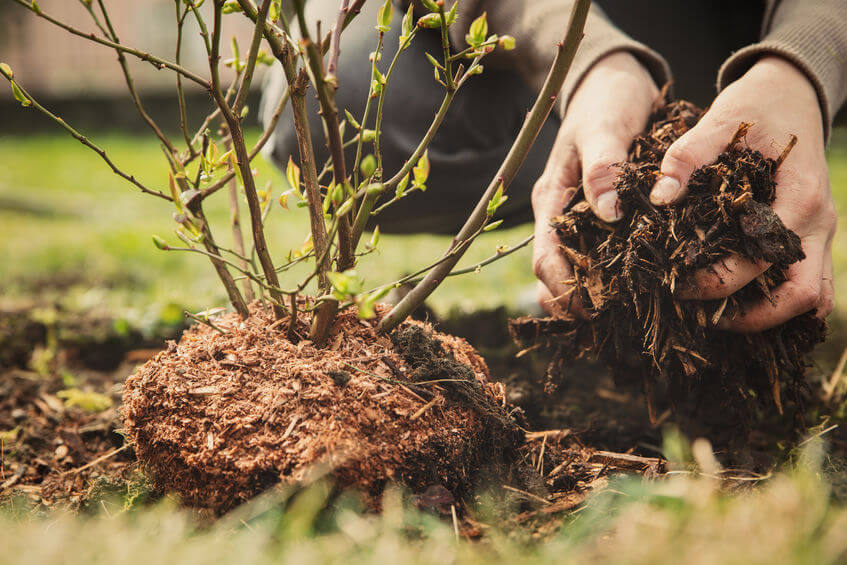
Mulching will provide numerous benefits to your camassia plants. It helps in retaining the moisture of the soil, reduces pest development, and helps in controlling the temperature of the soil. It also gives the garden a nice polished look, and who doesn’t love that, right?
Always opt for natural mulch like the bark of the trees or shredded leaves, as synthetic mulch can harm your plant. Ensure that you apply a layer of 2 to 3 inches around the base of your camassia plant, and keep the mulch away from the bulb. Mulching is also a good activity to improve the organic matter in the soil, which will help it to stay healthy and promote better development of plants.
Controlling Pests and Diseases in Camassia Plants
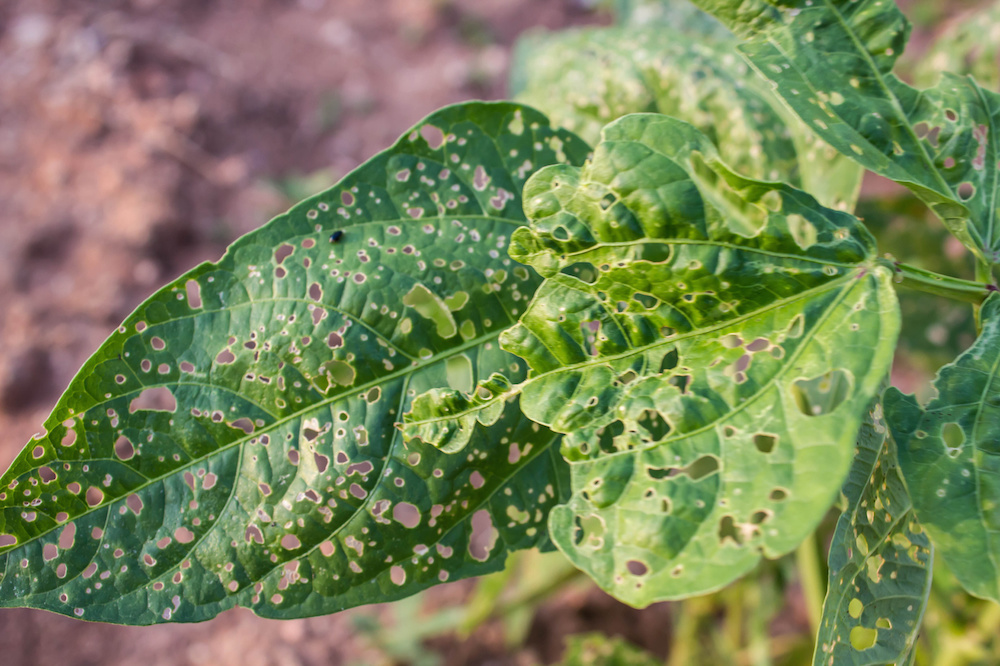
Preventing the plants from pests is the most crucial step. Aphids, slugs and snails are the most common type of pests that harm camassia plants. To avoid this, you should place your plant where there is adequate airflow and access to a lot of sunlight.
Placing the plants in well-draining soil and providing them with the perfect amount of water can also help the plants stay away from pests. Note that overwatering can also lead to pests, so make sure the water is given in the appropriate amount. In case you are already facing a pest problem, then always go for natural solutions to beat the problem. Keeping the soil nourished with natural ingredients will always solve most of your problems.
Deadheading and Pruning Camassias for Optimal Growth and Bloom
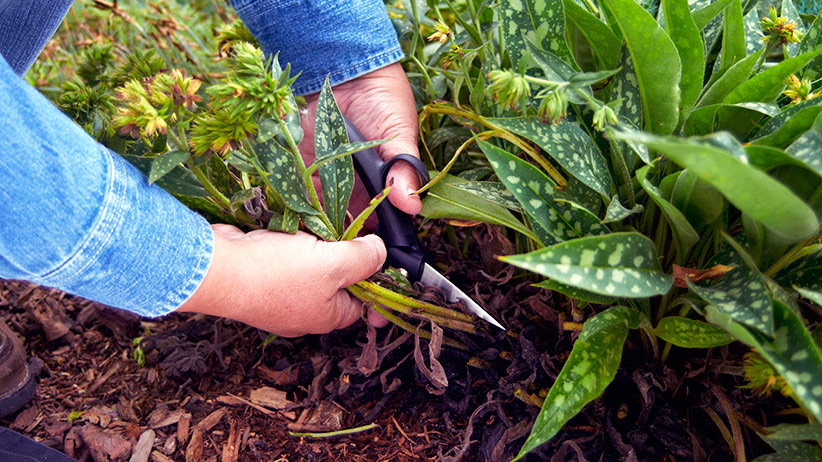
Deadheading is simply the process of removing spent flowers from the plants to promote healthy growth. It is important to do this in a camassia plant to ensure it blossoms for a longer duration. All you have to do is cut the spent flower stem, making sure you cause no damage to the bulbs or sprouting flowers. This step needs to be done very cautiously so you don’t hamper future growth.
Whereas pruning simply means trimming plants and keeping them in shape so they look good in your garden. This is also an important step as it promotes the growth of the plant and maintains overall health. Camassias Don’t require much pruning, but in case you notice dead leaves or something, then go ahead without any hesitation.
Preparing Camassia for a Cozy Winter: Overwintering Tips and Tricks
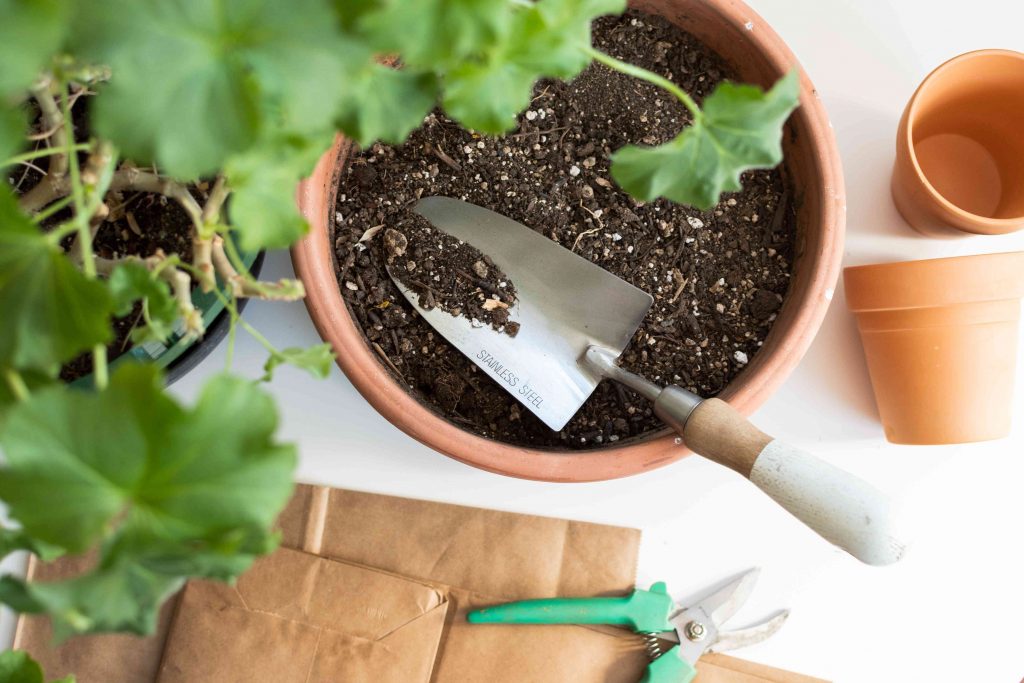
As the winter season nears, get your camassia plants ready for a long nap. First, ensure they are in well-draining soil to prevent water from creating a pool around the plant. Mulching can also be used as a blanket for plants to secure them from extreme winters.
However, we have discovered that camassia is a plant that does require much care. So, you might not need to provide constant attention while they are dormant, but ensure that they have an ample amount of moisture to survive. Your Camassias Will be ready to bloom gorgeously in the spring season with the right preparation and minimal care.
Divide Your Camassia Bulbs and Multiply Your Blooming Joy
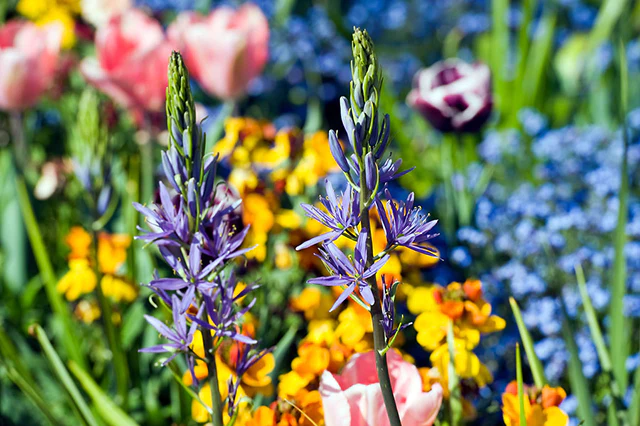
Every gardener loves getting their hands in the mud. Here’s your chance, dividing the camassia bulbs is a great way to encourage the growth of new plants or keep the existing plants healthy. The best time to divide the bulbs is the fall season when the foliage has died back.
Start by digging out the entire plant very carefully, then slowly and gently separate the bulbs from each other with soft hands and minimal pressure. While replanting, check for the drainage of the soil and add compost or other organic matter to improve the quality of the soil.
Remember that after dividing, it may take years to establish themselves, so expecting flowers soon would not be a good idea.
Camassia Companion Planting Suggestions
By pairing your camassia bulbs with other plants, you can create a beautiful and harmonious garden design. Companion planting not only adds visual interest to your garden, but it can also help repel pests and improve soil health.
1. Allium

These members of the onion family are great for repelling pests and adding a pop of colour to your garden. Try planting them in clusters around your Camassia bulbs. There are over 800 species of Alliums That you can choose from to create a beautiful garden for yourself. Alliums usually have long slender leaves and grow from bulbs which are underground structures that store food and energy for the plant, making them easy to grow.
2. Echinacea
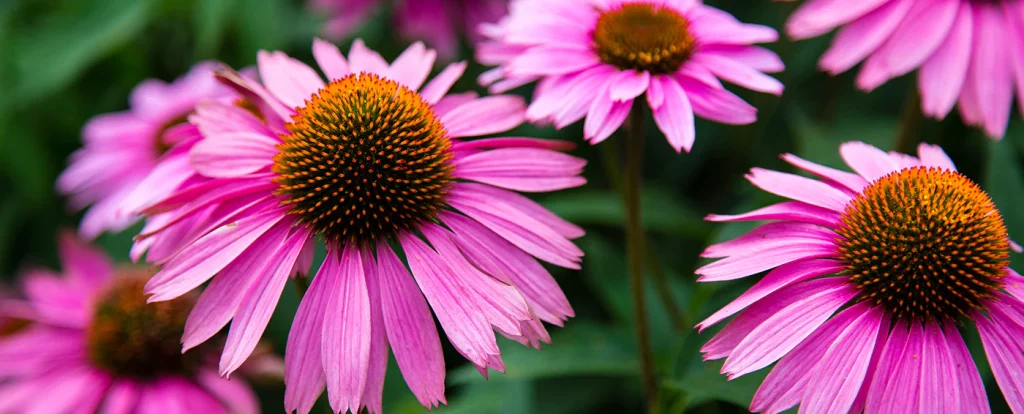
Echinacea Is a bright and cheerful flower that not only complements the blue and purple hues of Camassias But also attracts pollinators and improves soil health. Echinacea is a flowering plant that belongs to the daisy family, and like obviously, they’re just pink instead of white, right? And what people don’t usually know is that they are known for their medicinal properties, especially in boosting the immune system and reducing the effects of colds and flu.
3. Daylilies
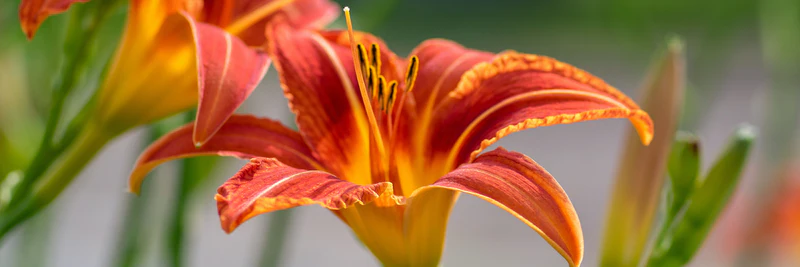
Daylilies Are hardy perennials that make a great companion for camassia bulbs, providing a pop of colour and helping to control soil erosion. They are easy to grow and require minimal care, which makes them a great choice for beginner gardeners. After growing them, you can even use them in salads or as something to garnish. And not to mention, they will go great with your camassia plants. By planting these complementary species alongside your Camassias, you’ll create a garden that’s both beautiful and functional.
To Sum Up!
All in all, now you’re an expert in taking care of Camassias. These beauties are easy to grow and maintain, and with a minimal amount of effort, you can expect a gorgeous garden filled with camassia plants.
Don’t forget to keep them well watered, fertilized and mulched. We hope you were attentive and learned all the things above. Keep an eye on any signs of pests or diseases and immediately take action. As we already mentioned, a little love and care can help you create a beautiful garden for yourself.
These tips will help you create a garden you will fall in love with. So get your gardening started and enjoy the beauty and tranquillity they bring to your space.
Frequently Asked Questions (FAQs)
Which Camassia Is Best for Naturalising?
The greatest camassia for naturalising is camassia quamash, often known as common camas or blue camas. It is a native wildflower of North America and may thrive in a range of soil types. It blossoms with lovely blue-violet flowers from late spring to early summer, and self-seeding makes it very easy to distribute.
What Is the Best Soil for Camassia?
Camassia blooms best in full to partial sun and moist and well-drained soil. It prefers a cool climate and easily tolerates wet soil during its growing season. Make sure to keep the soil nourished for optimal growth.
How Long Does It Take to Grow a Camassia from Seed?
It typically takes 2-4 weeks for camassia seeds to sprout. However, it may take the plants several years to mature and bloom, so patience and a long-term commitment are needed. It is also important to keep in mind that camassia plants developed from seed could not be faithful to the parent plant, so if you want a certain variety, it is best to get bulbs from a reliable supplier.

